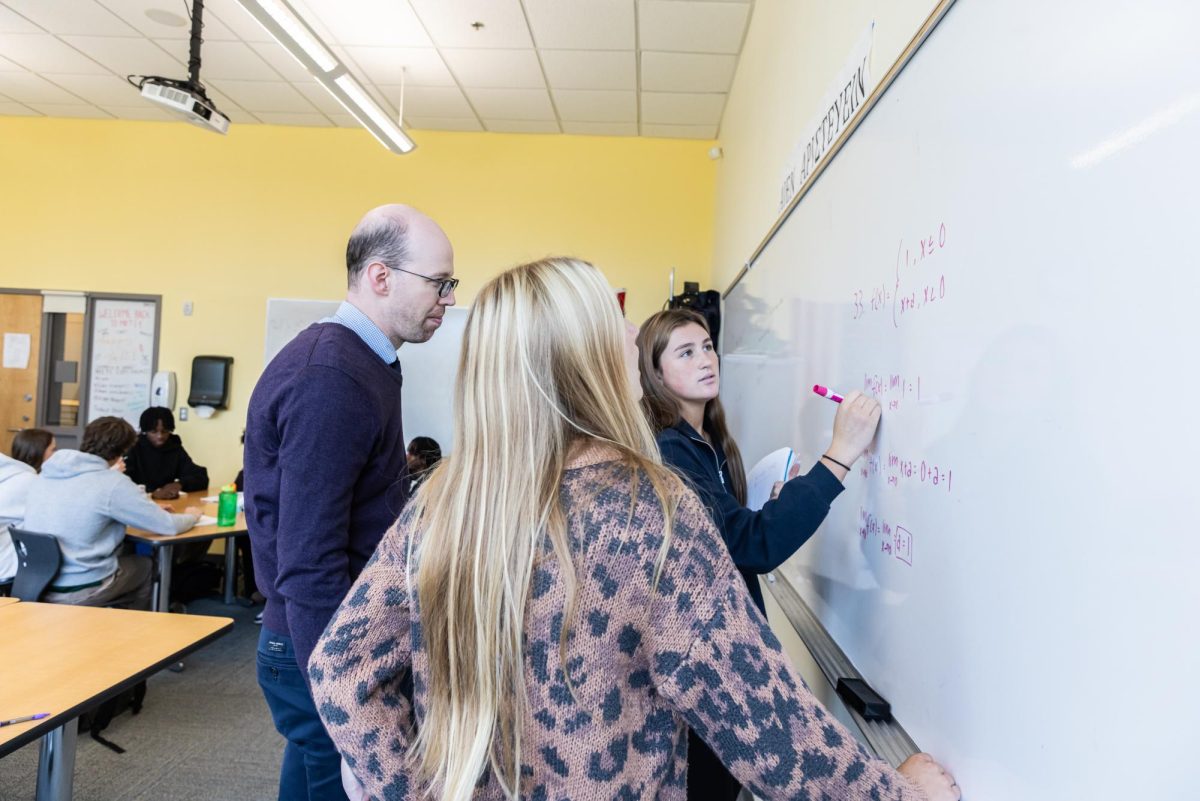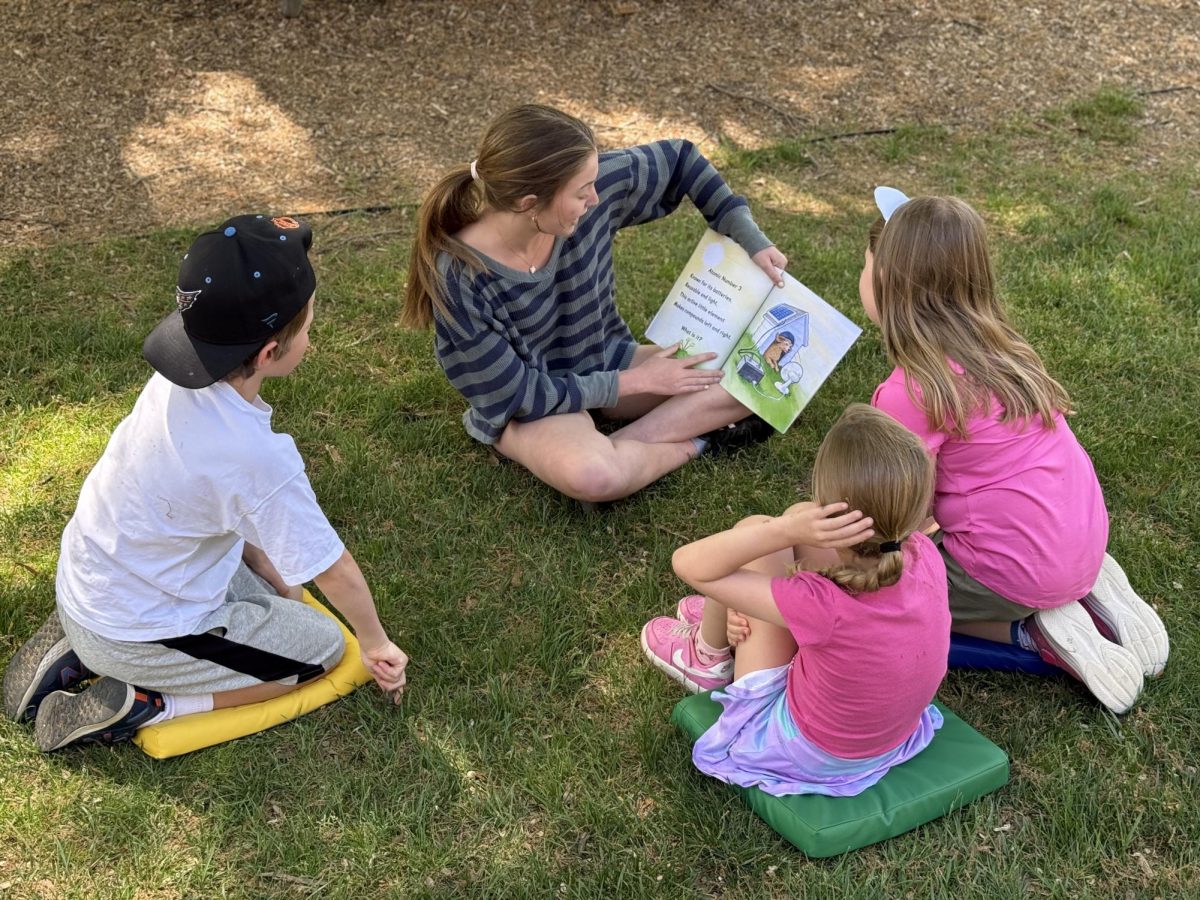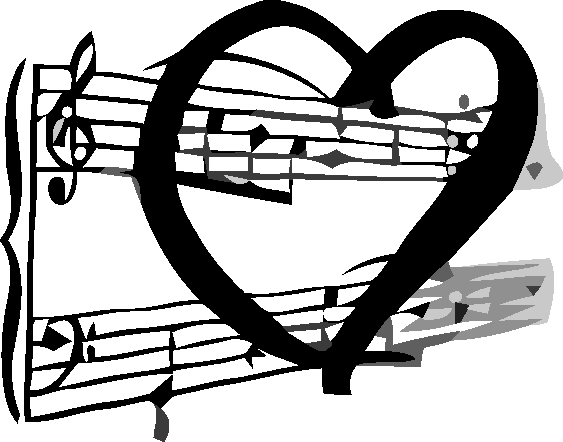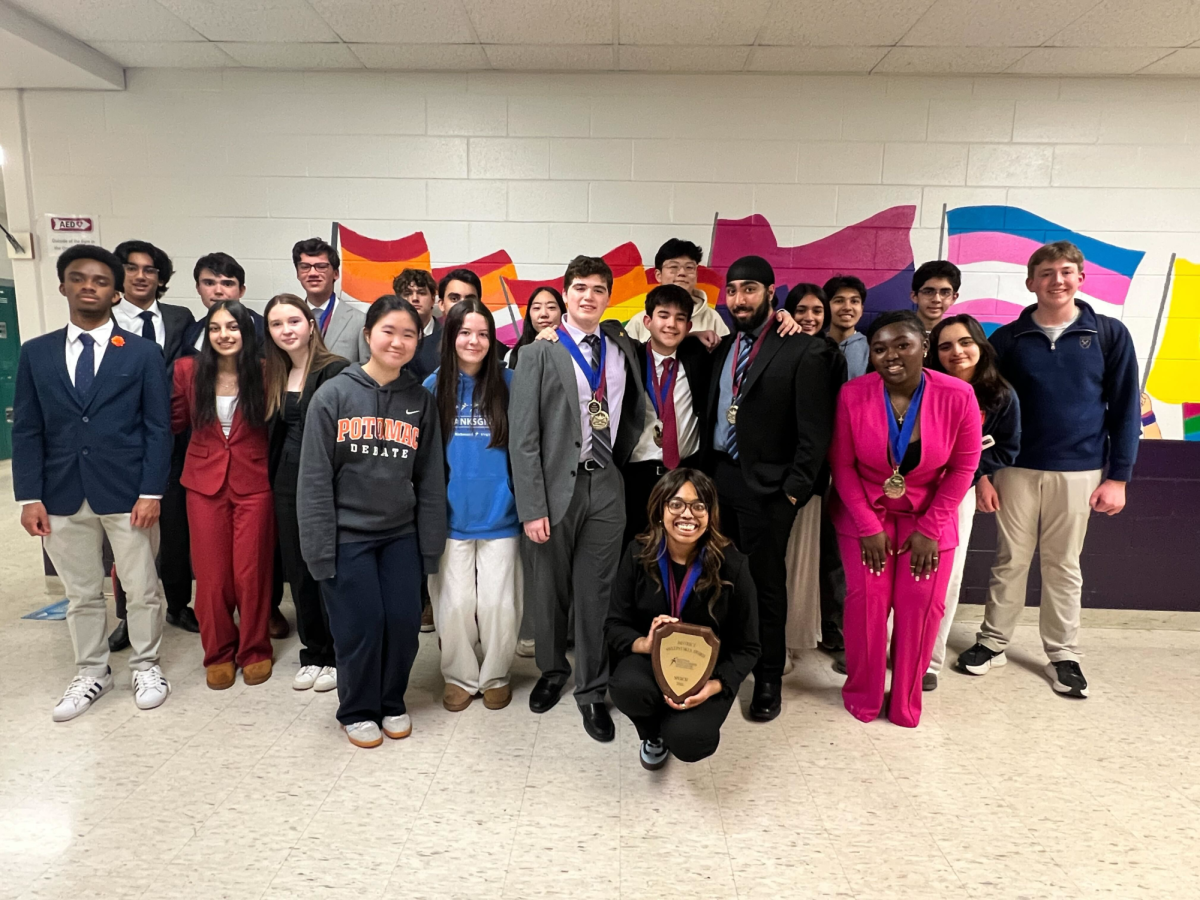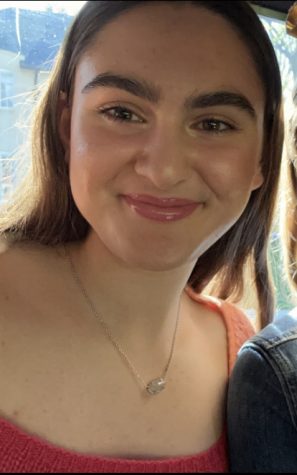Every year, my grandmother (“maman joon”) and I plant sabzeh behind our house, and shop at the Persian market throughout March to collect the ingredients to be displayed on our Haftseen table. We set up our Haftseen table together, and then exchange pictures with our Persian friends and family from around the world. Nowruz is a sacred holiday to all Persians, whether the celebrants are still in Iran or have emigrated elsewhere. The traditions serve as reminders to appreciate life’s privileges and spend time with loved ones. Eid e Nowruz Mobarak!
Nowruz (no-rooz) is the Persian New Year, which takes place on the spring equinox when the sun begins to cross the celestial equator. Nowruz directly translates to ‘new day’ in Farsi, as it marks the first day of spring and is designated as the first day on the Solar Hijri calendar, one of Iran’s ancient solar chronological systems. This year, Nowruz falls on March 20th and was celebrated over our spring break.
One of the most important traditions of Nowruz is creating a decorative and symbolic table setting called the Haftseen. The first part of the word ‘haft’ translates in English to “seven” (7), and ‘seen’ translates to the letter “S” in Farsi. The main decorations on the Haftseen table are called the seven S’s. They consist of Sabzeh (sprouting seeds) which symbolizes rejuvenation and spring; Seeb (apple) symbolizing beauty; Sekkeh (coins) which symbolizes wealth; Seer (garlic) symbolizing medicine and health; Samanu (wheat pudding), which symbolizes prosperity; Sonbol (Hyacinth flowers) symbolizing beauty and fragrance of spring; Somagh (spice) which symbolizes the crimson color of sunrise and the spice of life. Other items typically placed on the Haftseen table are Mahi Ghermez (goldfish), which symbolizes life; Tokhmeh Morgh e Rangi (colored eggs similar to the painted eggs made for Easter), symbolizing fertility; Ayneh (a mirror), which symbolizes reflection of life, and candles which symbolize light, warmth, and joy.
Editor’s note: Audrina Mafi contributed to an earlier version of this story.






